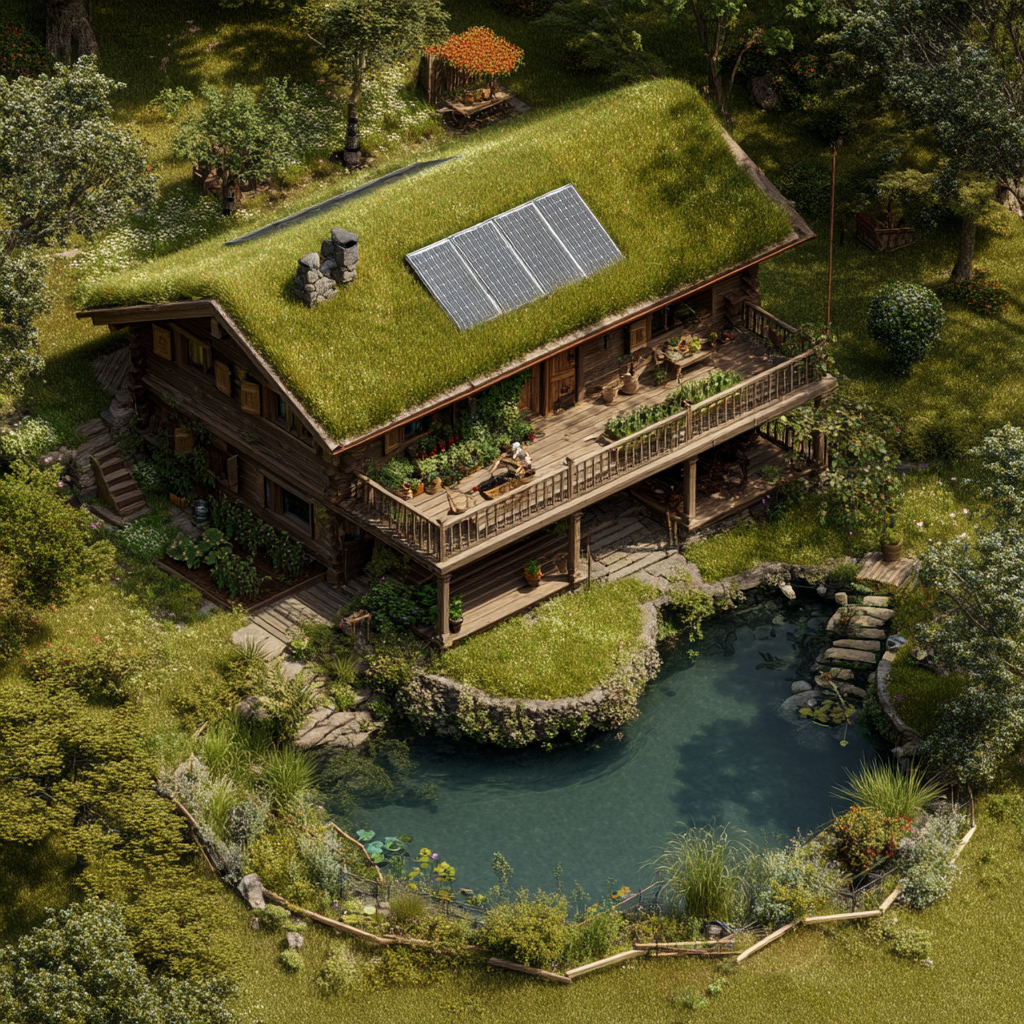Your cart is currently empty!

10 Land Buying Red Flags Every Homesteader Should Know Before Purchasing
Buying land for your homestead is one of the biggest and most exciting steps you’ll take. But it can also be filled with costly mistakes if you don’t know what to look for. In this post, you’ll learn about the top 10 red flags every homesteader should watch for before making a purchase.
ez-toc
1. No Access to the Property
One of the most critical red flags when buying land is the lack of legal access. Just because you can physically walk or drive to the property doesn’t mean you have the legal right to do so.
If there’s no official road frontage, public access, or recorded easement, you could be landlocked—meaning you’d have to cross someone else’s land to reach your own, which is considered trespassing. This can lead to legal disputes and even prevent you from getting utilities or financing.
Always confirm that the property has a deeded right-of-way filed with the county. Better yet, request documentation and walk the access route yourself to ensure it’s usable year-round. A seemingly perfect piece of land isn’t worth much if you legally can’t get to it.

2. Flood Zones and Wetlands
Just because land looks dry now doesn’t mean it stays that way. Use FEMA flood maps, county GIS tools, and local knowledge to identify flood-prone areas. Walk the property after heavy rain to check for standing water or soggy soil. Wetland regulations can severely limit what you build or where you farm, and remediation is often costly or impossible. Always ask the seller and your agent whether a wetland delineation has been completed.

Check the FEMA Flood Map Service Center
See if your property is on wetlands here:: National Wetlands Inventory Mapper
3. No Perk Test or Failed Septic Test
A perk test (or percolation test) determines whether the soil can absorb wastewater from a septic system. Without a passing result, you may not be allowed to build a home on the property. A failed test can cost thousands to remediate, if it’s possible at all. Don’t assume it’s fine—get the test done before closing, and have a backup plan in case a conventional system won’t work.
Check the USDA Web Soil Survey
4. Unclear or Missing Property Boundaries
Fencing, old markers, or verbal descriptions aren’t enough. Property line disputes are common, especially in rural areas. Always get a recent, professional survey so you know exactly what you’re buying. Ask the seller for any existing plat maps or corner markers and verify that the acreage lines up with county records. A good survey can also protect you later if a neighbor tries to claim part of your land.
5. Zoning That Restricts Homesteading
Not all land is zoned for the kind of lifestyle you’re planning. Some areas prohibit keeping animals, running a business, or building nontraditional homes like barndominiums or tiny houses. Before you buy, check local zoning laws and ordinances with the county or township. Be sure to ask specifically about animals, accessory buildings, fencing, and long-term plans like adding a second dwelling or selling farm products.
6. Unreliable or Off-Grid-Only Utilities
Many rural properties don’t have access to basic utilities like electricity, water, or internet. Installing them can be extremely expensive—sometimes more than the land itself. Some properties are better suited to off-grid living, but that only works if you’re truly prepared and budgeted for solar, well drilling, composting toilets, and backup power. Always ask what’s available at the road, what’s been installed, and what’s realistic to add.

7. Hidden HOA or Deed Restrictions
Homeowners Associations (HOAs) and deed restrictions can limit your ability to homestead even on rural land. You might not be allowed to keep animals, install fencing, use certain building materials, or even hang laundry outside. Always ask for the full list of HOA rules or deed restrictions before you make an offer, and don’t rely on the agent to know them—do your own due diligence.
8. “Too Good to Be True” Pricing
If the price is way below market value, there’s usually a reason. It might be landlocked, flood-prone, full of debris, zoned for commercial use only, or involved in a legal dispute. Cheap land is often cheap for a reason, and you need to find out why before you get in too deep. Always research comparable sales in the area and ask the county or a land attorney about liens or issues.
9. Rent-to-Own or Seller Financing With Traps
Some sellers offer easy terms like rent-to-own or in-house financing—but these often come with high interest rates, balloon payments, or clauses that allow the seller to take back the land if you’re even one day late. It might sound convenient, but you could lose everything if the contract isn’t solid. Always involve a real estate attorney when considering alternative financing.
10. Real Estate Agents Who Don’t Understand Homesteading
Not every real estate agent knows what makes a property good for livestock, gardening, or self-sufficient living. You need someone who understands soil types, well depth, pasture potential, and zoning limitations. Ask questions to find an agent who “gets it”—like Carroll Harrod, the Homesteading Realtor featured in our Homestead Hangout. The right agent can save you time, money, and heartache.
Buying the wrong land can turn your homestead dream into a nightmare. Watch for these red flags, do your research, and ask questions. The right property is out there—it just takes a little extra effort to find it.
What’s Next?
Want more expert insight into buying land for your homestead? Watch our full interview with Carroll Harrod, the Homesteading Realtor, on YouTube. She shares even more tips, mistakes to avoid, and real-world stories to help you buy with confidence.

Leave a Reply